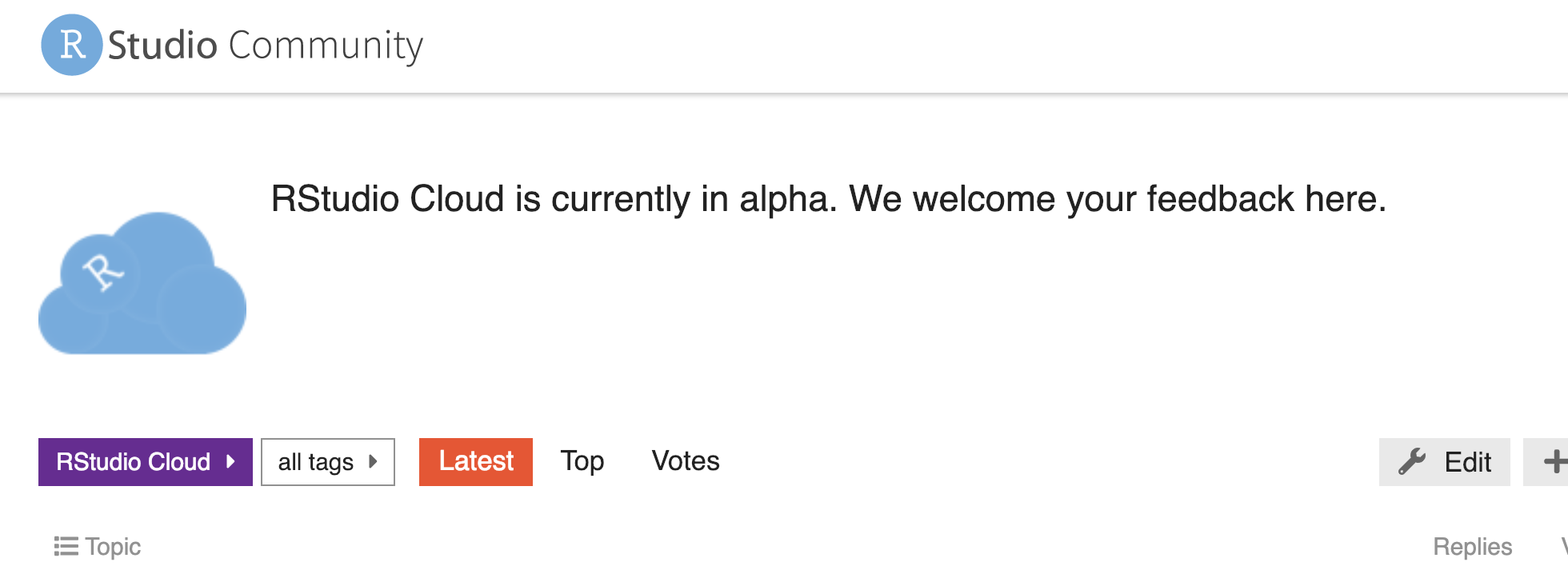

Install rgeeįrom the RStudio console, install the rgee and rstudioapi packages. Name the new RStudio Cloud project “rgee”. From the RStudio Cloud workspace manager, select “New Project”.

Add a project for rgeeĪdd a new project dedicated to rgee and the packages you’ll want for working with Earth Engine-derived data. …which should be sufficient because most of the heavy computation will be done on Earth Engine’s machines, not RStudio’s.


In this blog I share my experience running rgee from RStudio Cloud, including setup and testing a few scripts.Ī bit of housekeeping: markdown code blocks indicate that the code should be run from the R console, embedded code blocks indicate an R script, each of which contains everything needed to be run independently (assuming you’ve completed the rgee installation steps). Until recently I’ve only used rgee from a local R/RStudio environment. The rgee package wraps and extends Earth Engine’s Python API allowing R users to perform Earth Engine analyses using R syntax, including pipes! This also means being able to use RStudio’s IDE and leverage R’s many useful charting and geospatial packages for downstream processing. There’s a third option though: RStudio Cloud with the rgee package. And when I want to work with the Python API, I use Google Colab. When it comes to analyzing and visualizing earth observation data with Google Earth Engine, the JavaScript Code Editor has always provided this opportunity. Increasingly I want to do all of my work from a web browser using cloud services. Running Google Earth Engine from RStudio CloudĪ collaboration between myself, David Montero Loaiza, and Cesar Aybar


 0 kommentar(er)
0 kommentar(er)
